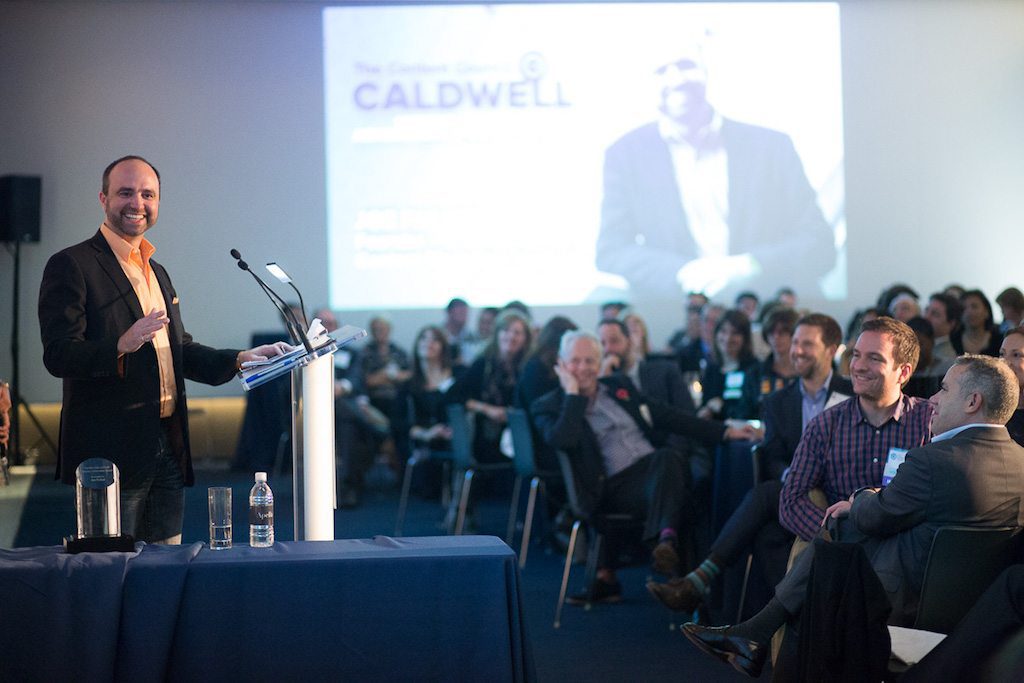Meeting Planners Still Struggle To Prove Return on Investment

Skift Take
Proving return on investment in the meetings and events space is not for the faint-hearted. It’s a difficult challenge, providing metrics for a host of areas from net revenue to attendee satisfaction. Yet planners are under growing pressure to meet the challenge.
The days are long gone when organizations simply said, “Let’s put on a meeting.” That thinking has become outdated as planners turn to data and digital tools to better understand the impact of their events.
Enter the need to engage stakeholders when it comes to return on investment—and the need to prove it following an event. Two powerful forces combined to give planners the complex task of proving a meeting’s return on investment: the recession and heightened competition for each event.
“It’s no longer assumed that a meeting is necessary simply because it’s been conducted every year for 50 years,” as Terri Breining, president of the Breining Group said. “Planners have to make a case for the relevance of a meeting to the overall benefit of the organization. When the recession hit several years ago, one of the casualties was the belief that meetings are an essential part of business. The meeting industry generally wasn’t prepared with a coherent or consistent response to the ways in which meetings contribu
